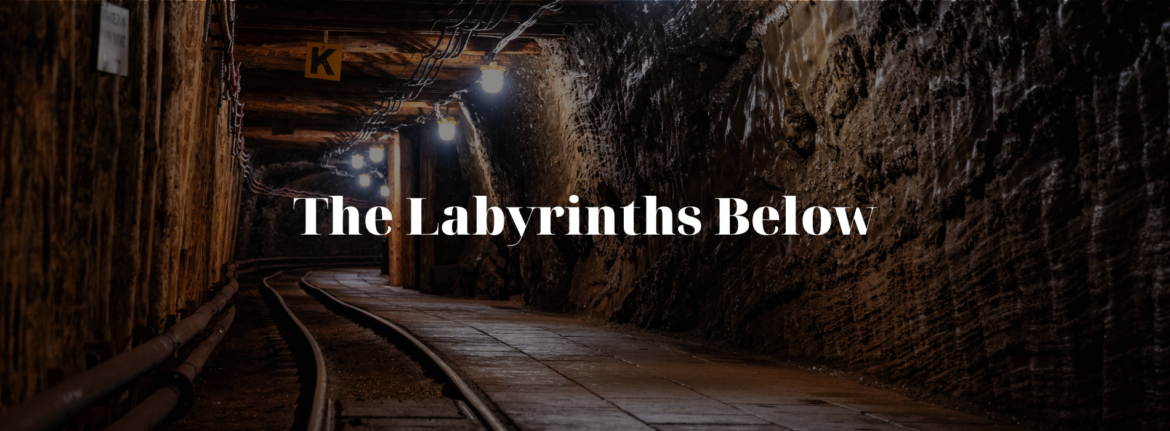Poland, a nation steeped in history and blessed with diverse landscapes, is a treasure trove of subterranean wonders. These hidden realms, both naturally formed and carved by human hands, narrate tales of bygone eras, human perseverance, and nature’s artistic prowess. Let’s embark on a journey deep below the surface to explore these ancient underground worlds of Poland.
1. Wieliczka Salt Mine: Situated on the outskirts of the historic city of Krakow, the Wieliczka Salt Mine stands as a testament to human ingenuity and the importance of salt in ancient economies. Established in the 1200s, this sprawling underground city was the result of relentless mining endeavors. Over the centuries, miners didn’t just extract rock salt; they transformed the mine into an underground masterpiece, crafting intricate chambers, chapels, and sculptures from the very salt they mined. Among the many artworks, a detailed replica of Da Vinci’s “The Last Supper” stands out, showcasing the artistic talents of the miners. Although salt extraction ceased in 2007, the mine continues to draw visitors from around the world, not just for its historical and artistic value, but also for the health spa that champions the therapeutic properties of its unique microclimate.
2. Bochnia Salt Mine: While Wieliczka often steals the limelight, the Bochnia Salt Mine holds its own significance as Poland’s oldest salt mine. Similar to its counterpart, Bochnia boasts a rich mining history and features a myriad of underground chambers, each echoing tales of the past. The artworks carved from salt here are a testament to the intertwined relationship between the miners and their environment.
3. Caves of the Tatra Mountains: Rising majestically and forming a natural boundary between Poland and Slovakia, the Tatra Mountains are a haven for nature enthusiasts. Hidden within these mountains are numerous caves sculpted by the relentless action of water on limestone over millennia. These natural labyrinths, adorned with awe-inspiring stalactites and stalagmites, offer insights into the geological processes that have shaped our planet.
4. Kazimierz Dolny Tunnels: Beyond the Renaissance splendor of Kazimierz Dolny lies a network of mysterious tunnels. Winding beneath the town’s cobblestone streets, these tunnels are believed to have served multiple purposes, from storage cellars to secret hideouts during tumultuous times, adding layers of intrigue to the town’s rich history.
5. Głęboka Cave: Nestled in the Kraków-Częstochowa Upland, the Głęboka Cave stands as one of Poland’s most impressive natural wonders. As one of the country’s longest and deepest caves, its myriad chambers and corridors have been a focal point for speleologists. The cave’s formation, a result of water’s ceaseless action on limestone, is a testament to nature’s artistic capabilities.
6. Riese Complex in Owl Mountains: A relic from the dark days of World War II, the Riese Complex is a vast underground system initiated by the Nazis. The true purpose of this enigmatic complex remains shrouded in mystery. While some theories suggest it was intended as a secret weapons facility, others believe it was designed to be an underground city for the Nazi elite.
Poland’s underground worlds, whether sculpted by nature’s forces or carved by human determination, offer a fascinating journey through time. They encapsulate the nation’s rich tapestry of history, culture, and natural beauty, beckoning explorers to delve deeper and uncover the stories etched in their walls.
